Hungary’s communist past continues to loom large, casting a long shadow over the country’s present. Remnants of the totalitarian regime‘s omnipresent surveillance and oppressive control are etched into the fabric of Budapest’s streets, where imposing monuments and retro-themed bars alike serve as reminders of a tumultuous history. Grappling with this complex legacy, Hungarians navigate a society shaped by the enduring influence of the Kádár era and the country’s pivotal role in the fall of the Iron Curtain. What stories do these relics hold, and how do they shape the nation’s identity in a post-communist world?
Key Points
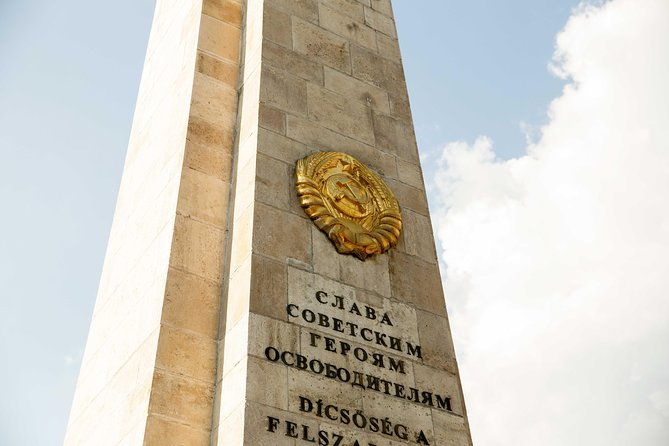
-
Budapest’s urban landscape retains visible reminders of its communist past, including imposing buildings and symbols, serving as historical markers.
-
The short-lived Hungarian Soviet Republic in 1919 had a lasting impact on Hungary’s political trajectory, leading to the rise of Regent Miklós Horthy.
-
The Kádár era allowed limited freedoms, yet citizens adapted and developed a vibrant cultural scene that planted seeds for future change.
-
The ÁVH secret police’s extensive surveillance and brutal tactics instilled a legacy of mistrust and oppression that persisted even after communism’s end.
-
Memorials and museums in Budapest commemorate the communist era, serving as reminders of the nation’s complex past and ongoing identity questions.
Discovering Budapest’s Communist Legacy
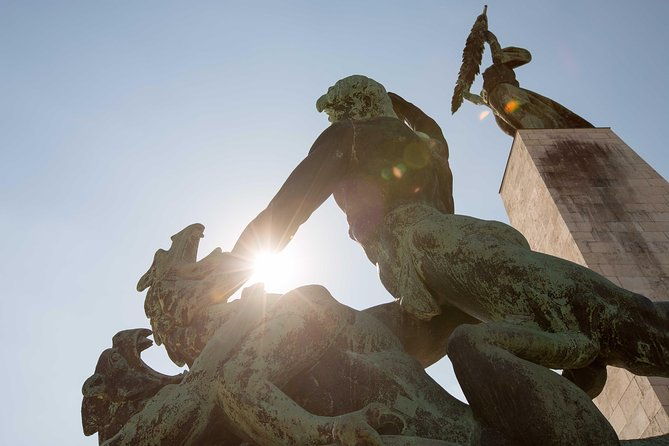
As travelers step into the streets of Budapest, they’ll quickly discover that the city’s Communist past isn’t merely a relic of history, but a living, breathing legacy that continues to shape its identity.
The imposing buildings, the ubiquitous hammer-and-sickle symbols, and the remnants of the once-oppressive regime are all reminders of a tumultuous era.
The imposing buildings, the ubiquitous hammer-and-sickle symbols, and the remnants of the once-oppressive regime linger as reminders of a tumultuous era.
Yet, amidst the historical remnants, a vibrant culture has emerged, blending the old with the new.
From the retro-themed bars to the thought-provoking street art, Budapest’s Communist story is one of resilience, adaptation, and a people’s unwavering spirit.
Looking for more options in Budapest? We've reviewed plenty of other experiences.
The Rise and Fall of the Hungarian Soviet Republic
The Hungarian Soviet Republic, a short-lived but pivotal moment in the nation’s history, emerged in the turbulent aftermath of World War I. Inspired by the Bolshevik Revolution, a group of communists seized power in 1919, establishing a socialist state. Their reign, however, was brief – lasting only 133 days before being brutally crushed by invading Romanian forces. The demise of the Republic paved the way for the rise of Regent Miklós Horthy, whose authoritarian regime would shape Hungary’s course for the next two decades. This tumultuous period left an indelible mark on the country’s political landscape.
| Event | Date | Outcome |
| — | — | — |
| Béla Kun’s communist regime takes control | March 21, 1919 | Establishment of the Hungarian Soviet Republic |
| Romanian troops invade Hungary | August 1, 1919 | Overthrow of the Hungarian Soviet Republic |
| Miklós Horthy becomes Regent of Hungary | March 1, 1920 | Consolidation of power under a right-wing authoritarian regime |
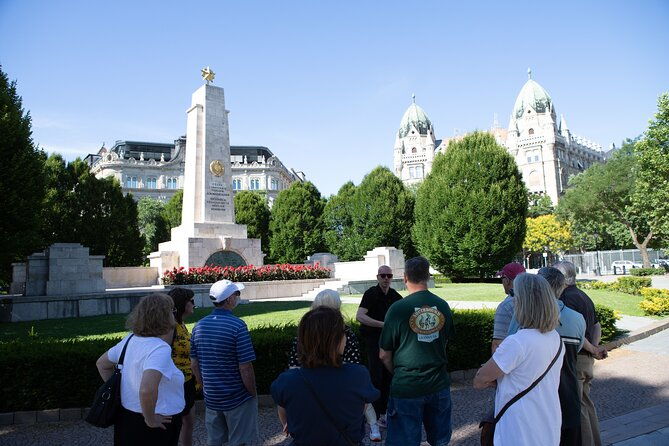
Following the tumultuous rise and fall of the Hungarian Soviet Republic, Hungary entered a new era under the authoritarian rule of Regent Miklós Horthy.
This period, known as the Kádár era, was marked by a complex web of repression and gradual economic reforms. János Kádár’s government walked a fine line, allowing limited freedoms while maintaining tight control.
Hungarians navigated this landscape, finding ways to adapt and even subvert the system. Though life remained challenging, the Kádár era also saw the emergence of a vibrant cultural scene and the seeds of future change.
Uncovering the Surveillance State: Secrets of the ÁVH
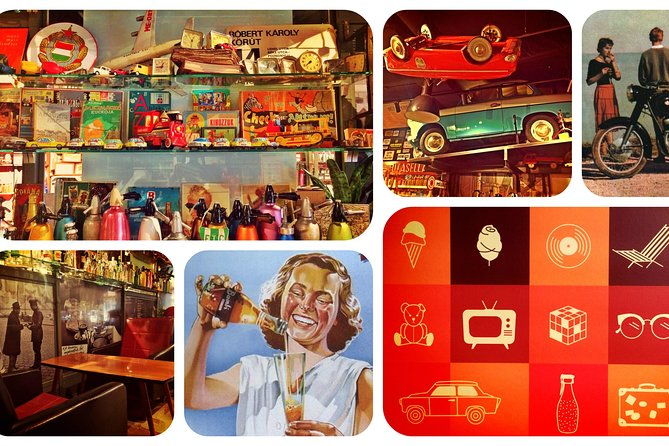
Though the ÁVH, Hungary’s notorious secret police, operated in the shadows, its intricate web of surveillance and control over the populace was anything but hidden. Informants were everywhere, snooping on neighbors, coworkers, even family members. Dissent was crushed, with the ÁVH employing brutal interrogation tactics and arbitrary imprisonment. The fear of the state’s watchful eye permeated society.
| Surveillance Tactics | Impact on Citizens |
|——————-| ——————-|
| Wiretapping | Constant anxiety |
| Informant networks | Loss of privacy |
| Intimidation | Stifled free speech|
The ÁVH’s relentless pursuit of control left an indelible mark on the Hungarian psyche, a legacy of mistrust and oppression that would endure long after the fall of communism.
Art and Dissent: Cultural Expression Under Communism
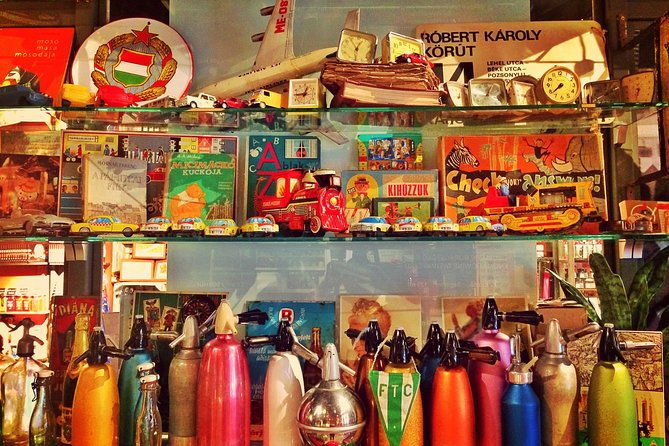
While the ÁVH’s oppressive tactics cast a dark shadow over daily life, Hungarian artists found creative ways to express dissent and subvert the communist regime.
Dissident writers penned coded critiques, weaving veiled messages into their works. Avant-garde painters snuck political symbols into abstract landscapes.
Underground musicians performed protest songs, their lyrics smuggled past censors. Theatrical troupes staged bold productions, using the stage to challenge the Party’s ideology.
Though constantly under surveillance, these creatives carved out spaces for free expression, defiantly asserting their individual voices against the conformity of the communist state.
The Peaceful Revolution: Hungary’s Role in the Fall of the Iron Curtain
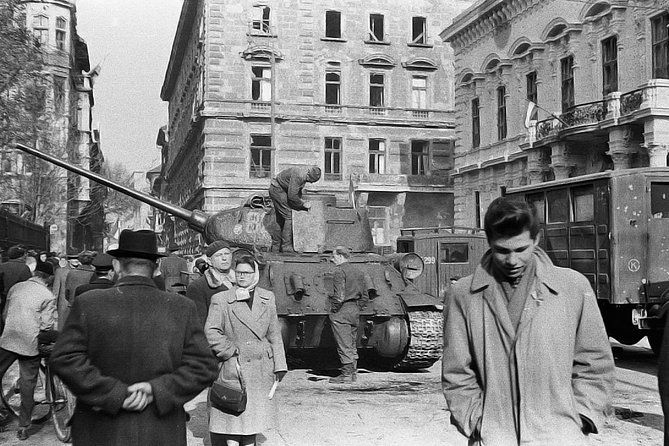
As the Cold War reached its twilight in the late 1980s, Hungary emerged as a pivotal player in the collapse of communist rule in Eastern Europe.
Hungarians, long frustrated by the repressive regime, seized the opportunity to demand change. The government, sensing the shifting winds, gradually relaxed its grip, allowing citizens more freedoms.
When the Berlin Wall fell in 1989, Hungary’s leadership moved swiftly, opening its border with Austria and enabling East Germans to escape to the West.
Hungary’s bold move to open its border with Austria allowed East Germans to flee to the West as the Berlin Wall crumbled.
This "Peaceful Revolution" inspired others across the Eastern Bloc, accelerating the downfall of communist power.
Hungary’s role in this historic transition remains a source of national pride.
Memory and Commemoration: Memorials and Museums
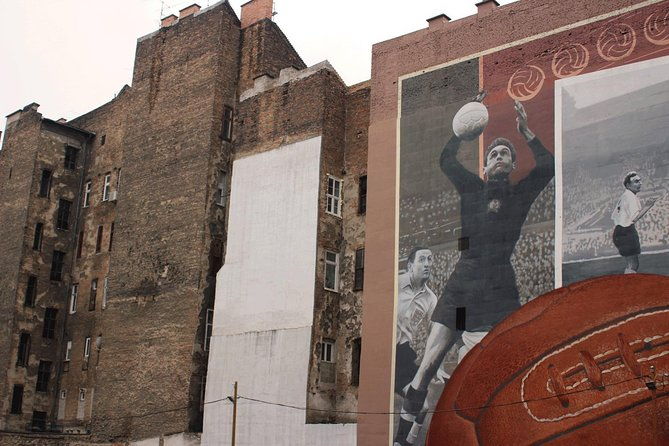
Amid the complex history of Hungary’s communist era, the nation has thoughtfully commemorated this period through a network of memorials and museums.
Visitors can explore the House of Terror, a chilling reminder of the fascist and communist regimes. Memorials like the Statue of Liberty and the Shoes on the Danube Bank pay solemn tribute to victims.
Museums like the 1956 Institute archive this turbulent time, educating guests on the struggles for freedom. These spaces encourage reflection, allowing Hungarians and travelers alike to grapple with the country’s past and its lasting impact on the present.
Reflections on a Transformative Era
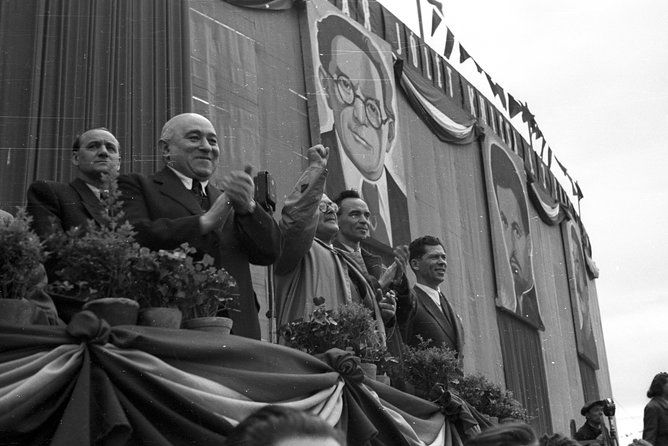
Hungary’s communist era was a transformative period that continues to captivate and challenge the nation’s collective memory.
Today, Budapest’s urban landscape reflects the remnants of this bygone era, with imposing Soviet-era monuments and government buildings serving as reminders of the country’s complex past.
Yet, beyond the physical markers, Hungarians grapple with the legacy of authoritarian rule, wrestling with questions of identity, freedom, and the path forward.
This tour offers a window into that experience, guiding visitors through the city’s communist history and inviting them to reflect on the echoes of that era in modern-day Hungary.
The Sum Up
Hungary’s communist legacy has left an indelible mark on the nation’s psyche. Imposing monuments and retro-themed bars serve as reminders of the struggle for freedom, while memorials like the House of Terror poignantly encapsulate the complexities of a society grappling with its difficult past. Though the Kádár era‘s surveillance state has faded, its legacy continues to shape Hungary’s national identity in the post-communist era.
More Drinking Tours in Budapest
- Budapest: Guided Pub Tour to Ruin Bars with Games & 6 Shots
- Budapest: Explore Iconic Bars on a Guided Ruin Bar Walk
- Budapest: Ruin Bars, Street Art, and Jewish Quarter Tour
- Budapest: New Years Eve Pub Crawl + 1 Hour Open Bar
- Budapest: Just for you Guided Bar Crawl with games and Shots
- Budapest: Ruin Bars Private Photo Tour
More Nightlife Experiences in Budapest
- Budapest: Guided Pub Tour to Ruin Bars with Games & 6 Shots
- Budapest: Explore Iconic Bars on a Guided Ruin Bar Walk
- Budapest: Ruin Bars, Street Art, and Jewish Quarter Tour
- Budapest: New Years Eve Pub Crawl + 1 Hour Open Bar
- Budapest: Ruin Bars Private Photo Tour
- Budapest: Pub Crawl to Ruin Bars 6 Shots, Karaoke, Games
More Tour Reviews in Budapest
Still browsing? Here are more Budapest experiences we've covered recently
- 14 Most Highly Rated Wine Tours In Budapest
- Our Picks For The 14 Best Tours In Budapest
- Our Picks For The 7 Best Hiking And Trekking Tours In Budapest
- Budapest’s 13 Top Cruises And Boat Tours (With Prices)
- 14 Best Walking Tours In Budapest (With Prices)
- Which Budapest Photography Experiences To Choose? We Rank The 7 Best
- The Top 14 Historical Tours In Budapest
- Our 3 Favorite Budapest Private Driver Services
- What Are The Best Workshops & Classes In Budapest? Our Top 11 Picks
- The 14 Top Tours & Experiences In Budapest: Which Is Best?
- Budapest’s 3 Best Coffee Tours (With Prices & Reviews)
- The 7 Most Popular Spa & Hot Springs Experiences In Budapest
